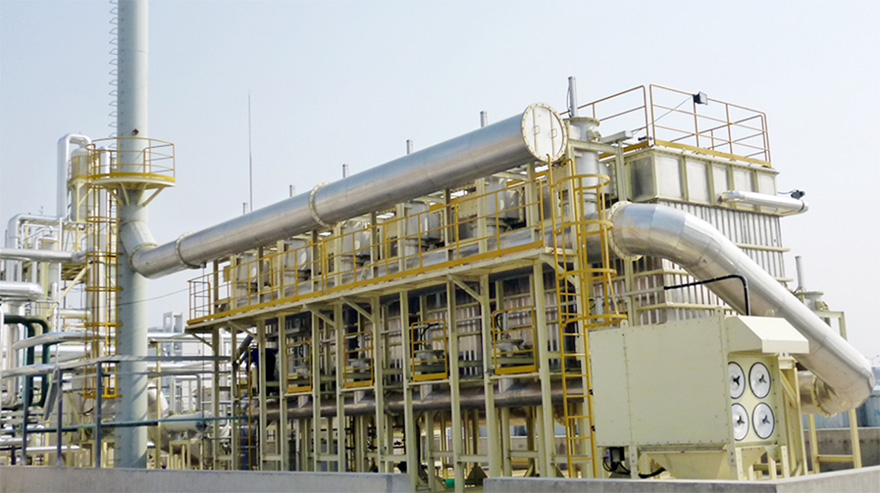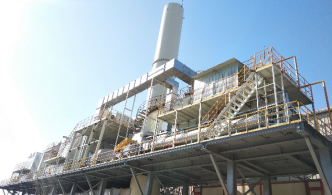
Technology Overview
Activated carbon fiber (ACF) and granular activated carbon (GAC) are the main adsorption materials used in the adsorption recovery unit. The ACF unit has the advantages of fast adsorption and desorption rate, large adsorption capacity, short switching time, small device size, almost no decomposition of recovery solvent, etc., is in major position of the adsorption recovery field. After the waste gas passes through the fiber, the VOCs in the waste gas are adsorbed on the fiber. After the adsorption is saturated, the carbon fiber is desorbed by steam to achieve the purpose of solvent recovering. It is a VOCs treatment technology with positive economic benefits.
Technology application
Adsorption recovery technology is suitable for the occasions where the concentration of air flow is stable, the component is relatively single, and the concentration is 2g / m3. It is often used in the treatment process of high concentration drying waste gas or other process waste gas in the fields of lithium battery diaphragm, fiber, printing, chemical industry, etc. the recovered solvent can be directly recycled to the workshop to realize real energy saving and emission reduction.
Molecular sieve rotor + thermal oxidation · Regenerative thermal oxidation RTO · Adsorption recovery
Huashijie's technological advantages
Huashijie has independently developed activated carbon fibers of different types for different substances, which can be selected according to working conditions. For dichloromethane and other chlorinated hydrocarbon waste gas, the adsorption capacity of the fiber is 2-3 times that of domestic fiber, which can effectively save the fiber consumption and operation energy consumption, and achieve the emission limit of dichloromethane below 100mg / m3. At the same time, Huashijie has a large number of engineering references in the solvent recovery projects of halogenated hydrocarbons, aromatics, esters, alcohols, alkanes, etc.
- • VOCs adsorption and concentration treatment
- • Thermal oxidation/catalytic oxidation
- • Adsorption and recovery of high concentration VOCs
- • Biological treatment of odor VOCs
- • Industrial dust and oil mist filtration
- • Heat recovery
- • Dehumidification
- • Indoor purification
- • VOCs Online Monitoring Platform

 Nationwide service line:400 0377 123
Nationwide service line:400 0377 123















